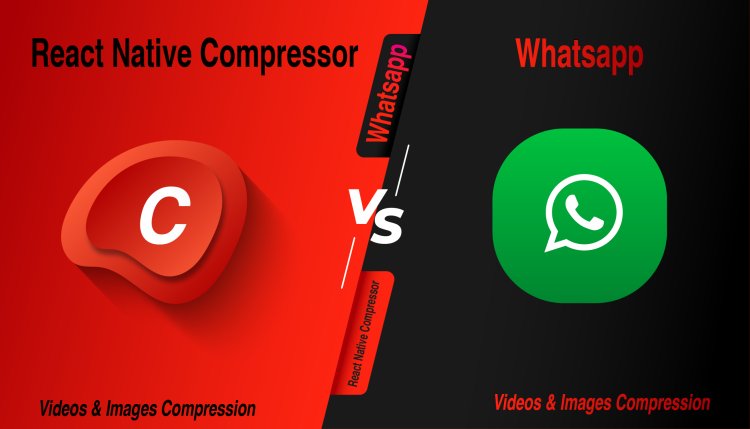React Native Image Compressor
A simple image resizing and compression package, taking care of the resizing process on the native side. Supports iOS and Android out of the box.

Present the issue of picture pressure and how Respond Local can help.
Respond Local picture blower is a library that can assist designers with packing pictures into various sizes, organizations, and aspects while keeping up with their quality. It gives an extensive set-up of instruments to both streamline and pack pictures and their related documents. Besides, the library is reasonable for an extensive variety of purpose cases, like web-based stores, online entertainment stages, and that's just the beginning. The library works with the two iOS and Android, as well as help for numerous stages.
Respond Local Picture Blower is a useful asset for compacting, resizing, and improving pictures for a wide range of utilizations. It offers an instinctive, simplified interface so clients can rapidly and effectively resize, pack, and advance their pictures. Furthermore, it includes numerous preset pressure levels to guarantee that pictures can be improved to the right sizes and goals. With its help for both PNG and JPG pictures, clients can rapidly and effectively enhance their pictures for any stage.
Respond Local Picture Blower is an astounding approach to rapidly and effectively improve the size of pictures for use on the web. It works by compacting your pictures to the most ideal size without compromising the nature of the record. This causes it ideal for circumstances when you really want to diminish the size of a picture without influencing its unique quality. Also, Respond Local Picture Blower can be utilized to make thumbnails, which are more modest variants of the regular picture.
The various ways Respond Local can pack pictures, and depict the advantages of each.
Respond Local offers three unique ways of compacting pictures: lossless, lossy, and vector. Lossless pressure is the best, as it packs pictures without forfeiting any of the first information; this makes it the most solid choice for saving picture quality. In the mean time, lossy pressure decreases the general size of the picture by forfeiting an information to lessen the record size; this can essentially diminish stacking times, making it ideal for fast stacking pictures, like thumbnails. At long last, vector pressure is a particular type of lossless pressure that is intended for vector illustrations, like logos.
Examine how to execute picture pressure in Respond Local, and give model code.
With the development of versatile applications, picture pressure has turned into a fundamental stage in the improvement cycle. Respond Local makes it simple to carry out picture pressure on various stages with only a couple of lines of code. This is the closely guarded secret: first, make a picture object with a suitable size in Respond Local.
LINUX CMD
yarn add react-native-compressor
WINDOWS & MAC CMD
npm i react-native-compressor
Automatic Image Compression Like Whatsapp
import { Image } from 'react-native-compressor';
const result = await Image.compress('file://path_of_file/image.jpg', {
compressionMethod: 'auto',
});
Manual Image Compression Like Whatsapp
import { Image } from 'react-native-compressor';
const result = await Image.compress('file://path_of_file/image.jpg', {
maxWidth: 1000,
quality: 0.8,
});
Give a final review of the advantages and disadvantages of using React Native for image compression.
React Native is an effective and efficient framework for image compression. It has several advantages, including being able to reduce download times and increase image quality. In addition, React Native offers users tools to easily compress and resize images quickly. However, some drawbacks may include the possibility of reduced image quality, increased memory usage, and limited support for some file types.
React Native offers numerous advantages for image compression. It is a cross-platform development tool that allows developers to create apps that run on both iOS and Android. This makes it easier to maintain multiple versions of the same app, reducing the development time and cost. With React Native, developers can also take advantage of the virtual DOM, which allows for faster rendering of images with minimal memory usage.

















